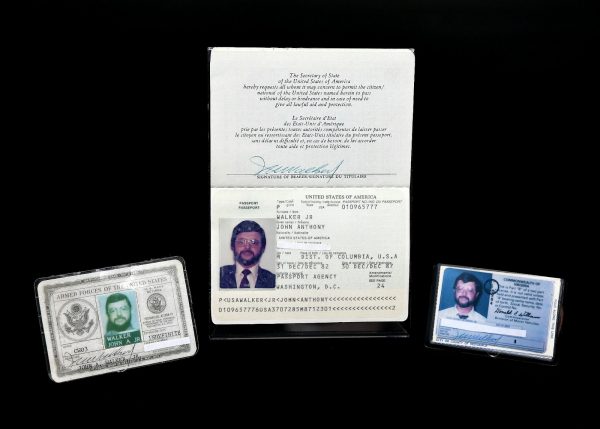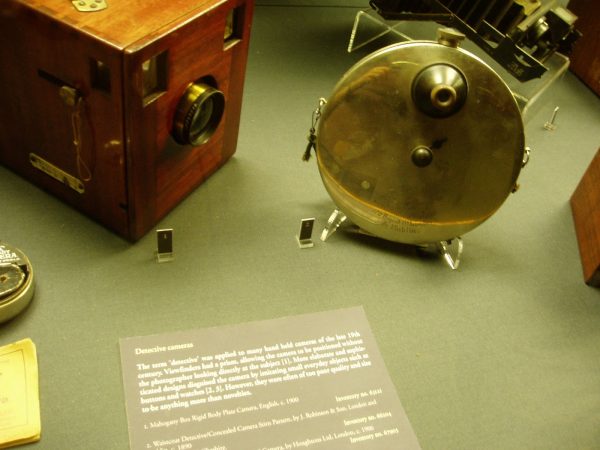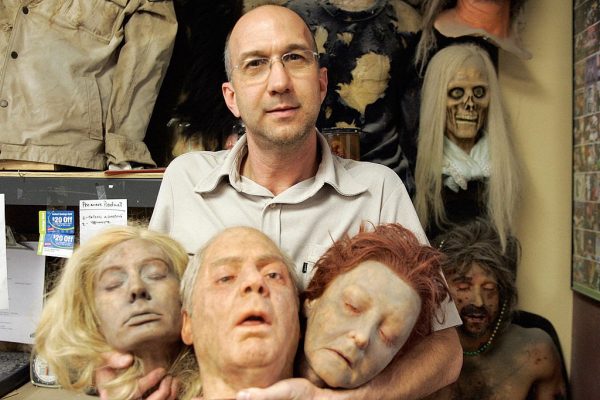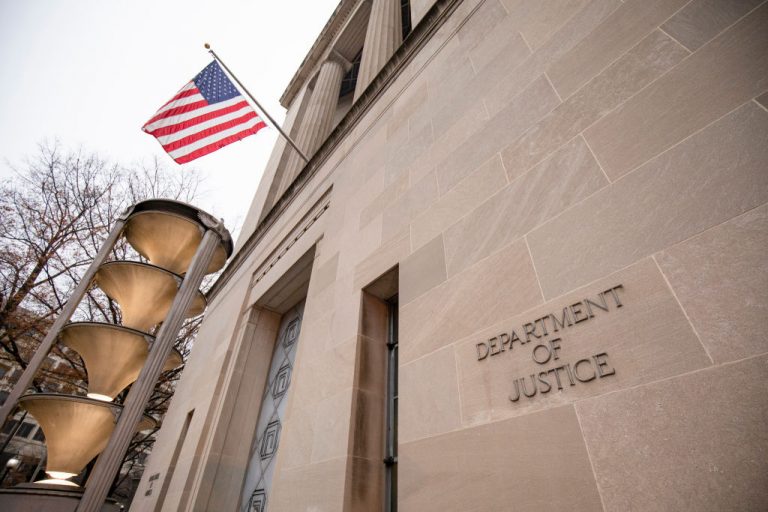An exclusive investigation by a mainstream media outlet has revealed the Pentagon has created a clandestine army of undercover operatives ten times the size of the CIA’s spy divisions, relying on a tactic known as “Signature Reduction,” a method of identity camouflaging and spoofing, in order to carry out both foreign and domestic, uniformed and civilian, real life and online operations that are “missions that are so sensitive they have to be personally approved by the Secretary of Defense.”
Newsweek says they conducted a two-year investigation, which examined more than 600 resumes, 1,000 job postings, a litany of Freedom of Information Act requests, and interviews with those on the inside in order to produce a report that is heavily narrative and light on fact and evidence.
The publication says more than 130 private companies “administer the new clandestine world” in conjunction with dozens of “little known and secret government organizations” who divvy out the more than $900 million USD in annual spending to manage more than 60,000 people in a “secret army” composed of “many working under masked identities and in low profile.”
Newsweek says the companies contracted are tasked with managing both the real and manufactured identities of their agents, such as by paying bills and taxes to cover for their real lives while they’re working missions, creating backstories, manufacturing Hollywood-esque costuming meant to evade facial recognition and biometrics, and spying devices such as cameras and microphones.
Western ‘Wumao’
The “newest and fastest growing group” of this project, according to the article, is the “clandestine army that never leaves their keyboards.”
Success
You are now signed up for our newsletter
Success
Check your email to complete sign up
Glorifying an organization that sounds conspicuously like the Chinese Communist Party’s notorious “Wumao Dang,” or 50 Cent Party, which is composed of a myriad of operatives who are paid half a Chinese Yuan for each disinformation post they make on China’s totally centralized and heavily censored and surveilled Internet, Newsweek describes them as “cutting-edge cyber fighters and intelligence collectors who assume false personas online.”
They say the team is “Employing ‘nonattribution’ and ‘misattribution’ techniques to hide the who and the where of their online presence while they search for high-value targets and collect what is called ‘publicly accessible information’—or even engage in campaigns to influence and manipulate social media.”

Hundreds of the counted operatives work either in or for the same National Security Agency that whistleblower Edward Snowden destroyed his life to reveal was spying on all the communications that travel through U.S. controlled Internet.
Signature Reduction, says the article, refers to the heavily organized and rigorous art of keeping organizations, individuals, and even assets such as automobiles, and aircraft masked in a growingly technocratic and surveilled society, “This protective effort entails everything from scrubbing the Internet of telltale signs of true identities to planting false information to protect missions and people.”
The operation also works to undermine facial recognition and biometrics, “ensuring that undercover operatives can enter and operate in the United States, manipulating official records to ensure that false identities match up.”
The secret life of ‘Jonathan Darby’
Newsweek examines the “Secret life of Jonathan Darby.” Jonathan Darby is not the agent’s real name, and neither is it his operative name. Darby holds a fake Missouri Driver’s License, which he uses to conduct his daily routine while driving one of 200,000 leased automobiles owned by the General Services Admission. In a dose of spy flick flair, they say the car is not registered in any of his identities, the license plate is attached with magnets, and nothing is traceable to where he actually works, which is all classified information.
“Darby” is a retired Army veteran of 20 years, who served in a counterintelligence role posing as an expatriate businessman in Sudan and Ethiopia. Now, his employer is an unidentified “Maryland-based signature reduction contractor.”
Darby’s job is to tour post offices and mailboxes in the area, both picking up and dropping off parcels as a sort of second-tier mail courier. Newsweek says the main purpose of this seemingly mundane position is for “logging and forwarding the signature reduction ‘mechanisms’ as they are called, passports and State driver’s licenses for people who don’t exist, and other papers—bills, tax documents, organization membership cards—that form the foundation of fake identities.”
The agent uses a “Travel and Identity Document” database, and a supposedly “super-secret register of false identities” called the Cover Acquisition Management System. When a persona Darby manages has to travel overseas, Newsweek says the agent has the power to “alter databases of U.S. immigration and customs to ensure that those performing illicit activities can return to the United States unmolested.”
The team works with “secret offices” at the Department of Homeland Security and Department of State for the creation of authentic fake identities that can pass scrutiny.
Newsweek cites a 2013 article by Northwest Public Broadcasting titled False IDs For Cops? Washington’s Unauthorized Program Faces Scrutiny, which revealed Washington State police were able to obtain fake IDs directly from the Department of Licensing without the knowledge or approval of either the Governor or State Congress as proof of veracity for its claims.

In their description, the modern, Pentagon-led effort is slightly deeper in its level of commitment and detail, “The so-called ‘legend’ behind an identity has to match more than just a made-up name. Darby calls it ‘due diligence’: the creation of this trail of fake existence. Fake birthplaces and home addresses have to be carefully researched, fake email lives and social media accounts have to be created. And those existences need to have corresponding ‘friends’.”
The team also works directly with “banks and credit card security departments to look the other way as they search for identity fraud or money laundering.”
A second “IT wizard working for Wikileaks in Berlin” says of operatives conducting international travel, “‘Imagine for a moment that someone is going through passport control,’ he says, hesitant to use his real name because of fear of indictment in the United States. ‘NSA or the CIA is tasked to corrupt—change—the data on the day the covert asset goes through. And then switch it back. It’s not impossible.’”
A spy flick tale
The article is entirely narrative in nature. It provides no documents, and what photo evidence is shown can only be called spurious. Each person spoken with and quoted is given a fake identity due to the nature of the topic discussed.
One photo provided by the author of the article, shows a large and crude-looking “tracking device” embedded, complete with a long power cable, into the heel of a cheap looking men’s shoe next to the underside of a base of a lamp, which allegedly has been implanted with a listening device.
Another shows a “fake brick,” which looks like a large piece of terracotta-colored lego that is hollow inside and has been implanted with a “battery-powered listening device” composed of what appears to be six AA batteries crudely attached by a red wire to a small 1” PCB circuit board.

Newsweek cites Brenda Connolly, another pseudonym, who “started her engineering career at the Directorate of Science and Technology at the CIA and now works for a small defense contractor,” as an expert in the devices. Connolly said “All an agent or operator needs to activate communications with these COVCOMMs [Covert Communications] in some cases is to simply walk by a target receiver (a building or fake rock) and the clandestine messages are encrypted and transmitted back to special watch centers.”
She says it doesn’t stop at fake bricks and shoes. The shadowy, government-funded contracts also create “heated fabrics that make soldiers invisible to thermal detection, electric motorcycles that can silently operate in the roughest terrain, [and] tens of feet of wires are sown into ‘native’ clothing, the South Asian shalwar kameez, the soldiers themselves then becoming walking receivers, able to intercept nearby low-power radios and even cell phone signals.”
Two faces and cold hands
A third and fourth photograph supplied by the author, show a picture of what is allegedly a “manufactured silicon hand sleeve, used to evade fingerprinting and to create fake identities for clandestine travelers,” which looks no different from the average Caucasian hand and forearm placed casually on a desk, and a “Special operations undercover operative wearing signature reduction aging mask to match false identification,” who has been made to look, rather convincingly, as if he is 60 or 70 years old.

They say the special effects gear are created by a “small rural North Carolina company in the signature reduction industry, mostly in the clandestine collection and communications field” who are an industry-leading “repository for molding and casting, special painting, and sophisticated aging techniques.”
The company calls their wares a “‘silicon face appliance’ sculpted to perfectly alter someone’s looks,” noting they can also “age, change gender, and ‘increase body mass,’” of their wearers.
Newsweek says the company can also “change fingerprints using a silicon sleeve that so snugly fits over a real hand it can’t be detected, embedding altered fingerprints and even impregnated with the oils found in real skin.”







